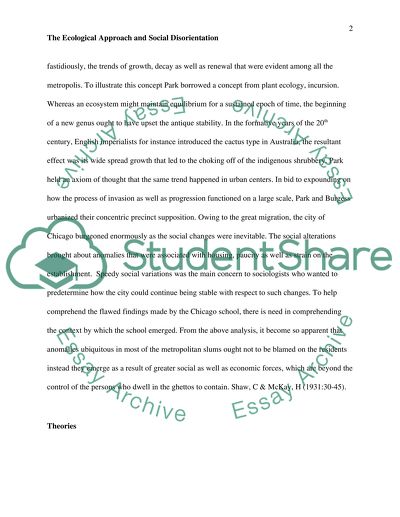Cite this document
(“The Ecological Approach and Social Disorientation Essay”, n.d.)
The Ecological Approach and Social Disorientation Essay. Retrieved from https://studentshare.org/sociology/1531049-the-ecological-approach-and-social-disorientation
The Ecological Approach and Social Disorientation Essay. Retrieved from https://studentshare.org/sociology/1531049-the-ecological-approach-and-social-disorientation
(The Ecological Approach and Social Disorientation Essay)
The Ecological Approach and Social Disorientation Essay. https://studentshare.org/sociology/1531049-the-ecological-approach-and-social-disorientation.
The Ecological Approach and Social Disorientation Essay. https://studentshare.org/sociology/1531049-the-ecological-approach-and-social-disorientation.
“The Ecological Approach and Social Disorientation Essay”, n.d. https://studentshare.org/sociology/1531049-the-ecological-approach-and-social-disorientation.


